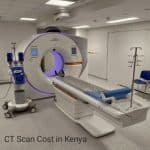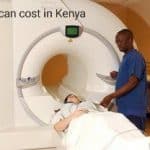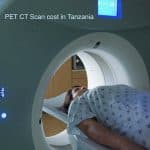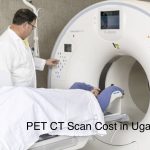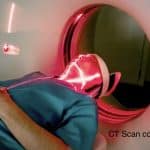What is a PET CT Scan?
A PET CT scan, or positron emission tomography-computed tomography, is a medical imaging technique that combines two powerful imaging technologies: PET and CT scans. It provides detailed information about the function and structure of tissues and organs within the body.
- PET (Positron Emission Tomography): This part of the scan involves injecting a small amount of a radioactive substance, called a radiotracer, into the body. The radiotracer emits positrons, and as they interact with nearby tissues, gamma rays are produced. Detectors capture these gamma rays, creating a three-dimensional image that shows metabolic activity in the body.
- CT (Computed Tomography): The CT scan uses X-rays to produce detailed cross-sectional images of the body’s internal structures. It provides anatomical information and enhances the precision of locating areas with abnormal metabolic activity identified by the PET scan.
By combining PET and CT scans, a PET CT scan allows healthcare professionals to correlate metabolic information with precise anatomical details. This makes it a valuable tool for diagnosing and staging various conditions, including cancer, neurological disorders, and cardiovascular diseases.


